“Life never presents us with anything which may not be looked upon as a fresh starting point, no less than as a termination.”
by Julia Paulus (referencing Judy Ryan and LifeWork Systems) SBM, March 2010
Getting fired is obviously difficult for an employee. But terminations are also hard for owners and managers – probably one of the hardest things they ever have to do. This is especially true in small businesses, where the owners know their employees well.
Judy Ryan, owner of LifeWork Systems, says it’s important to communicate effectively during the termination, which can keep the process calmer.
“The greatest emotional support you can provide yourself and others is to allow space for expressions of discouragement while insisting upon mutual respect along the way,” says Ryan. “You cannot go too slow in this process. Make a commitment to stay in communication for the entire time needed to work through crucial final discussions and understanding. If emotions escalate, take time to breathe, slow down, relax and even stop talking if needed, allowing for silence and, in some cases, short breaks in the conversation, agreeing to resume when emotions stabilize.
Ryan says that when an owner fires an employee, he or she must avoid being reactive or responding to reactivity. She suggests using four characteristics to keep the conversation on track and emotions to a minimum:
Honest.
“Be straightforward in telling your employee exactly what worked, what didn’t and why.”
Caring.
“Make sure to temper your honesty with genuine caring. The experience of this employee has not been exclusively negative or disappointing. He or she has many admirable and important qualities and has contributed value to you and your business. As a business owner, if you are unable to identify this employee’s assets and gifts or have a fear of acknowledging them during termination, you will not be openly caring, which is a big mistake many employers make. Don’t be afraid to fully express both your appreciation and your reasons for terminating them.”
Useful.
“Provide information that this staff member is open to receive.”
Harmony.
“After determining if they are open to hear your feedback, clarify what occurred and offer suggestions designed to help him or her move forward with greater success in future jobs. In other words, your goal should be to support harmony between the two of you as well as within the employee so as to empower and strengthen you both.”
Often, we find that terminations result from failures to have a healthy workplace culture in which everyone has been trained and understands a common set of concepts, terms, tools, and processes that support emotional and social intelligence, personal responsibility, internal motivation, high trust and enthusiasm, psychological safety, and an environment where all members know what to do when things go sideways. When there is a lack of questions about the state of relationships, productivity, engagement, purpose, values, visions, goals, procedures and roles, there is a lack of action to make corrections and continuous improvements. All of this can lead to a person under-performing, creating disharmony or participating in it, and missed opportunities for growth on the part of all connected to the terminated employee.
In fact, sometimes the employee is the one that terminates the organization because they fail to maintain high trust and don’t realize this about themselves. They may fail to follow through on commitments (which happens often), or fail to check in to make sure the workload is challenging enough but not too challenging. They may not know if the person needs extra support for their development in leading their own life, finding meaning in their tasks, getting along with others, making choices and taking on greater responsibility, growing fully competent in their job skills, or even celebrating their successes, all impacting the relationship of staff to the organization and the organization to the staff.
As you consider terminating a staff member, learn how to assess the situation from all angles and consider this key question, “What system if put in place, would fix or eliminate this costly problem of hiring and then terminating an employee or they us?” We are called LifeWork Systems because systems are the start and end of creating a highly successful organization. Call us to help!
As published in the column The Extraordinary Workplace in St. Louis Small Business Monthly, March 2013




